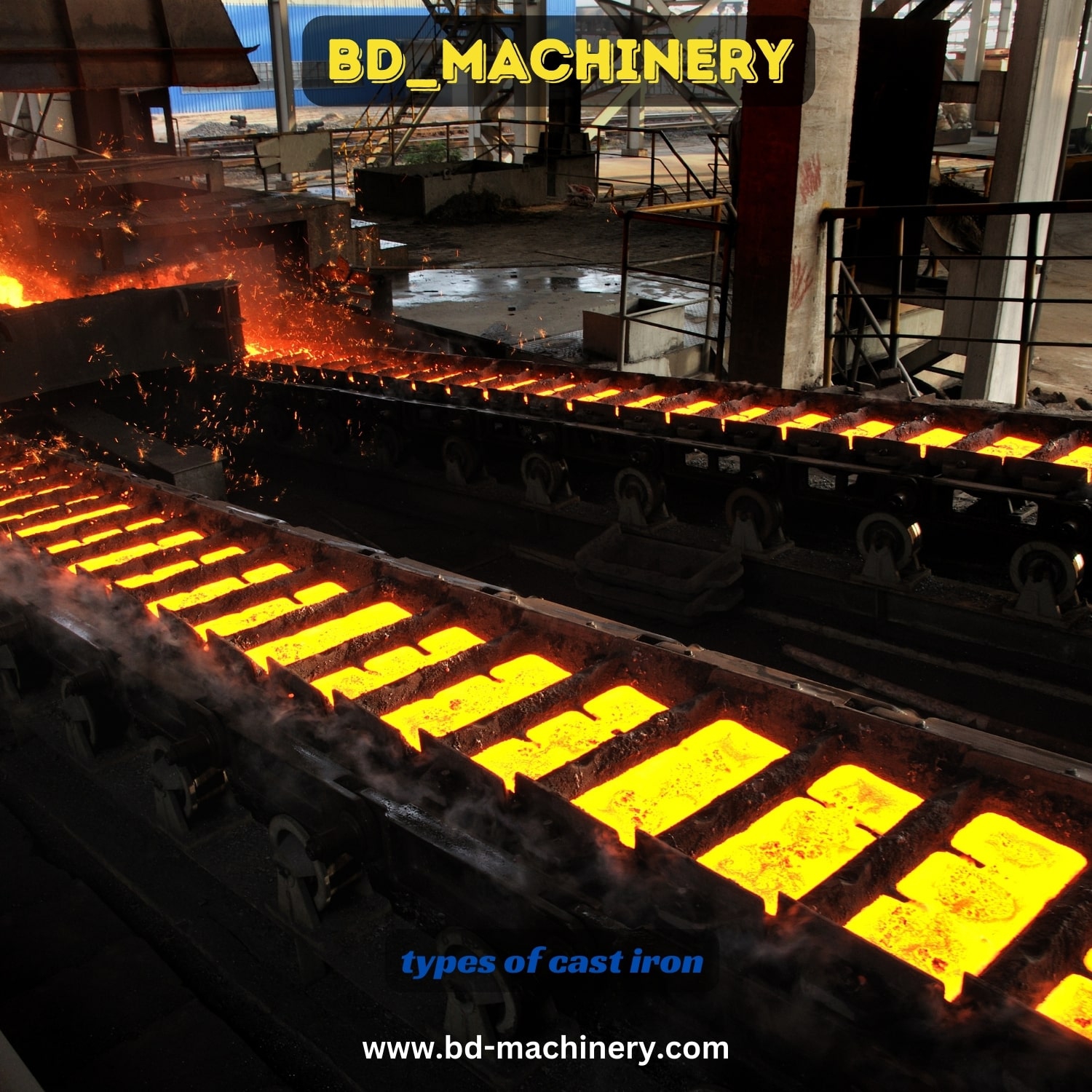Cast iron, a versatile and durable material, has been a cornerstone in engineering, architecture, and cookware for centuries. Its diverse properties arise from variations in its composition and structure, leading to different types of cast iron suited for various applications. This guide delves into the primary types of cast iron, exploring their characteristics, uses, and benefits.
1. Gray Cast Iron
Characteristics: Gray cast iron, named for its gray fracture surface, is the most common types of cast iron. Its graphite content forms flakes, which contribute to its unique properties.
Properties:
- High compressive strength
- Excellent machinability
- Good thermal conductivity
- Vibration damping capabilities
Applications: Due to its excellent machinability and vibration damping, gray cast iron is widely used in the manufacturing of engine blocks, machinery bases, and cylinder heads. Its thermal conductivity makes it a popular choice for cookware, such as skillets and Dutch ovens.
2. White Cast Iron
Characteristics: White cast iron is characterized by its white, crystalline fracture surface, which results from the presence of carbide impurities.
Properties:
- High hardness
- Brittleness
- Wear resistance
Applications: The hardness and wear resistance of white cast iron make it suitable for applications involving abrasion and wear, such as in grinding balls, mill linings, and crushing equipment. However, its brittleness limits its use where impact resistance is required.
3. Ductile (Nodular) Cast Iron
Characteristics: Ductile cast iron, also known as nodular cast iron, contains spherical graphite nodules instead of flakes, which impart enhanced ductility and toughness.
Properties:
- High tensile strength
- Good elongation
- Excellent impact resistance
Applications: Due to its superior mechanical properties, ductile cast iron is used in critical structural applications, including automotive components (e.g., crankshafts, gears), pipes, and heavy-duty machinery parts. Its ability to withstand impact and stress makes it a preferred material in industries requiring high durability.
4. Malleable Cast Iron
Characteristics: Malleable cast iron is produced by heat-treating white cast iron to transform its carbide content into graphite clusters.
Properties:
- High ductility
- Good toughness
- Moderate strength
Applications: Malleable cast iron is often used in the production of small, intricate castings requiring good mechanical properties, such as pipe fittings, brackets, and farm equipment. Its ability to be bent and shaped without breaking makes it ideal for applications involving complex geometries.
5. Compacted Graphite Iron (CGI)
Characteristics: Compacted graphite iron features a graphite structure that is intermediate between gray and ductile iron, with interconnected graphite "worm-like" shapes.
Properties:
- Good thermal conductivity
- High tensile strength
- Improved stiffness over gray iron
Applications: CGI is increasingly used in the automotive industry for components like engine blocks and exhaust manifolds, where its balance of strength, thermal conductivity, and machinability offer significant advantages. It also finds applications in heavy machinery and construction equipment.
Conclusion
Understanding the different types of cast iron and their unique properties allows engineers, manufacturers, and consumers to select the right material for their specific needs. From the machinability and vibration damping of gray cast iron to the high strength and impact resistance of ductile cast iron, each type offers distinct benefits. By leveraging these properties, industries can optimize performance, durability, and cost-effectiveness in their applications.




